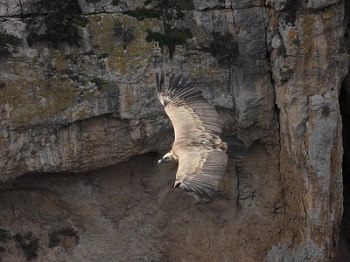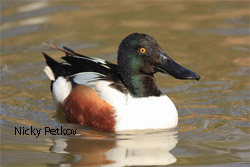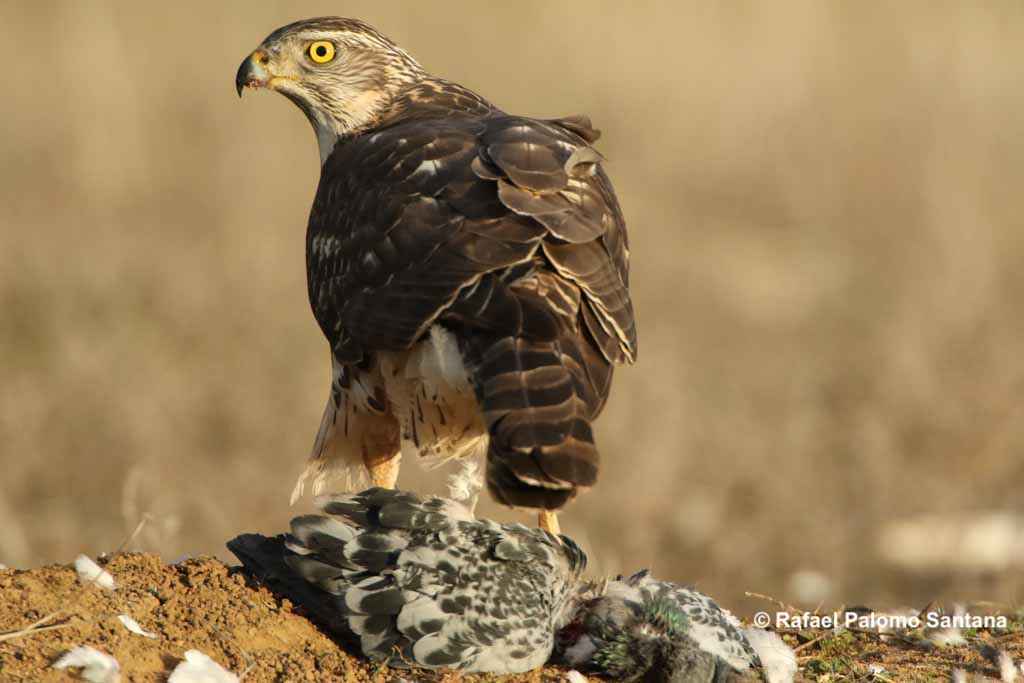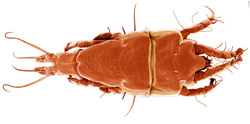
Welcome
Welcome to the official website of the Doñana Biological Station (EBD-CSIC)...

The Doñana Biological Station: EBD-CSIC
The Doñana Biological Station is a public Research Institute belonging to the Spanish Council for Scientific Research CSIC in the area of Natural Resources...

Mission
Our fundamental mission is to carry out multidisciplinary research of the highest standard directed to understanding the way in which biodiversity is generated, maintained and deteriorates, as well as the consequences of its loss...

Our methods
We apply many techniques within a multidisciplinary framework, from molecular genetics to remote sensing, and from modelling to physiological and isotopic analyses...

Monitoring the environment
Monitoring biodiversity at the Doñana Natural Space cover a wide range of communities, including both terrestrial and aquatic organisms...

Aims
Our aims include the study of the ecological and evolutionary processes by combining field work, mathematical and statistical models and physiological and genetic analysis...
 Outstanding
Outstanding
-
 Scientific study reveals that vulture diet is shaped by culture
Scientific study reveals that vulture diet is shaped by culture -
 The structure of waterbird seed dispersal networks is not mediated by functional traits
The structure of waterbird seed dispersal networks is not mediated by functional traits -
 Understanding the complex relationships between ecological traits and spatial distribution patterns
Understanding the complex relationships between ecological traits and spatial distribution patterns -
 Juvenile pheomelanin-based plumage colouration has evolved more frequently in carnivorous species
Juvenile pheomelanin-based plumage colouration has evolved more frequently in carnivorous species -
 Feather mites play a role in cleaning host feathers
Feather mites play a role in cleaning host feathers
 News
News
Content with tag diet .
 Scientific study reveals that vulture diet is shaped by culture
Scientific study reveals that vulture diet is shaped by culture
This indicates that they have different “tastes” by cultural transmission among individuals of the same population. Until now, it was believed that vultures were opportunistic species that consumed any type of carrion without indiscriminately.





